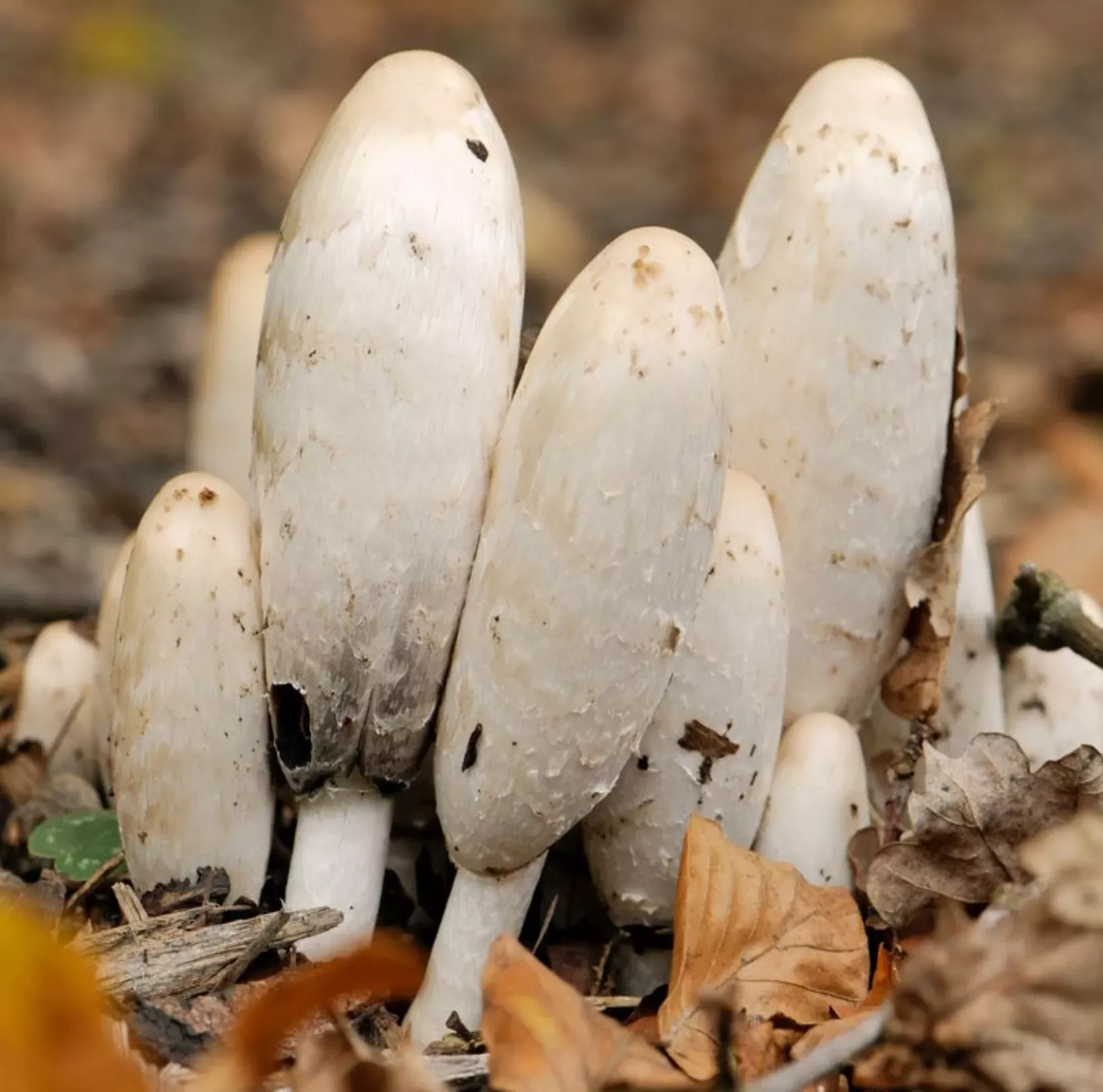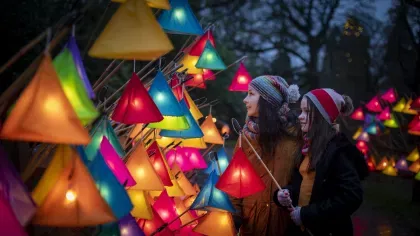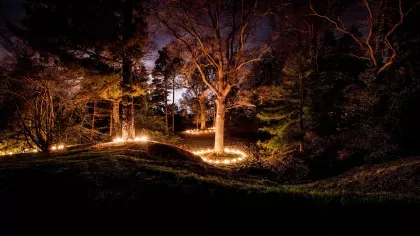14 December 2020
The hidden heroes inspiring Glow Wild 2020
Discover the inspiration behind the installations along our winter lantern trail.

When journeying along our enchanting lantern trail, take a moment to enjoy the little details in life.
This year, Glow Wild reflects on small things with a big impact; the unassuming elements of the natural world that underpin our everyday lives.
They help feed our trees, pollinate our flowers, and give rise to new life; here we take a look at some inspirational unsung heroes.
Fungi
Two of our new Glow Wild installations this year peek into the fascinating world of fungi.
Sarah Hall-Baqai’s fairy tale lanterns in our Winter Garden, and The Colour Project’s giant projections onto our Elizabethan Mansion, explore the fungi kingdom beneath our feet.
Fungi are vital to all life on earth. They help plants access water and nutrients, they provide us with life-saving medicines, and they are key ingredients in a lot of our food and drink.
The weird and wonderful fungal forms that we see above ground in Autumn, like mushrooms, are in fact reproductive structures that release spores and give rise to new fungi.
Usually, the main body of a fungus is hidden below ground in the soil, or within rotting wood or plants, and is made up of a mass of fine threads called a mycelium.
Underground fungi networks connect to plants through their roots and allow them to communicate with one another using the ‘wood wide web’.




Bees
Venture along the trail to our Asian Heath Garden and see swarms of buzzing bee lanterns, designed by community arts charity, Same Sky.
Bees are some of the most important pollinators on earth and are vital to the lifecycle of our plants.
They help fertilise plants by spreading pollen from the male parts of flowers to the female parts so that they can produce the next generation.
Thanks to bees and other pollinators, we get to enjoy beautiful blooms and delicious fruits and vegetables.
Did you know? Bees pollinate over 70% of our crops.


Seeds
Make a wish or two as you pass OGE Group’s dancing dandelion seed heads above our Black Pond.
Dandelions are a great source of nectar for bees and butterflies that are attracted to their bright yellow flowers.
Once fertilised, the dandelion flowers produce seeds that appear in a fluffy round ball, called a seed head.
Each seed comes with its own feathery parachute as the dandelion relies on the wind to distribute them.
Not only do these seeds produce new plants, but they are also a valuable source of food for goldfinches and sparrows.


Join us this winter at Glow Wild and discover some of nature’s miniature marvels.
How many small but mighty things can you spot in parks and gardens near you?



